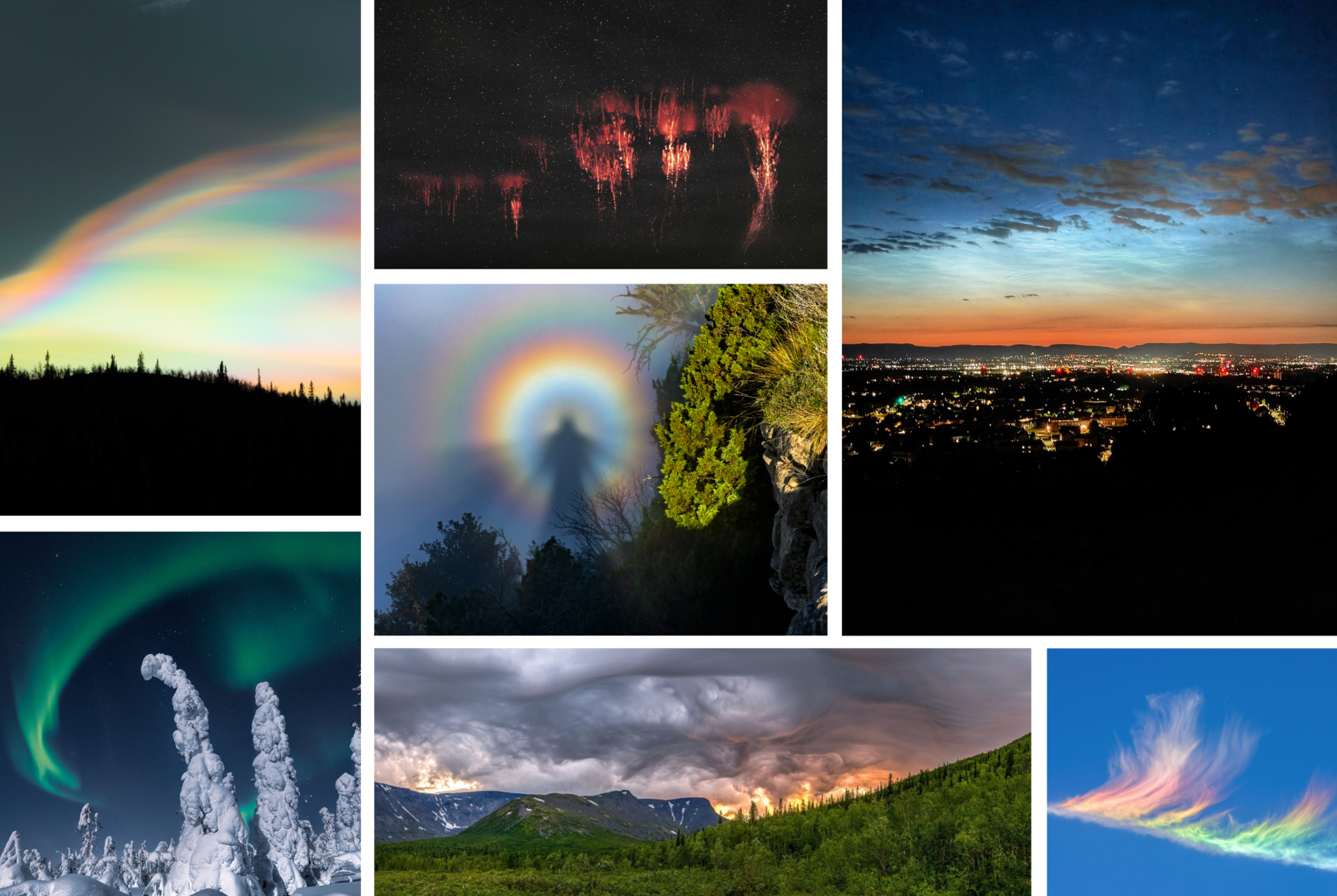Foundations of the expression in folklore and science
- The expression ‘red sky at night, sailor’s delight; red sky in the morning, sailor’s warning’ has its roots in folklore tracing back to ancient times.
- Biblical references to similar weather forecasts exemplify the longstanding human endeavor to correlate natural signs with weather patterns, like the mention in the Gospel of Matthew.
- The folklore is supported by the scientific understanding of atmospheric conditions and atmospheric optics.
Scientific explanation: Atmospheric conditions and light scattering
- Red wavelengths are longer and more likely to pass through atmospheric particles while shorter wavelengths, like blue, scatter.
- A red sky occurs when there is a concentration of dust and moisture particles in the atmosphere, which is more prominent at sunrise and sunset when the Sun’s light path is longest through the atmosphere.
- The color of the sky can signify the movement of weather systems due to prevailing winds and atmospheric pressure changes.
Red sky at night, a sign of incoming high pressure
- A red or pink sky at sunset usually indicates high pressure and stable air, suggesting that good weather is approaching.
- High pressure systems often bring clear skies and calm weather conditions.
Red sky in the morning, an indicator of approaching low pressure
- A red sky in the morning signals that a high pressure system has passed, and a low pressure area may be approaching.
- Low pressure systems are generally associated with unsettled weather such as rain and storms.
Reliability and limitations of weather folklore
- While weather folklore like this adage is generally based on observation, it is not universally applicable and has its limitations.
- This saying is most effective in mid-latitude regions where weather systems typically move from west to east.
♠
Found a bug? Have some other thoughts on this tool? Let me know here →






